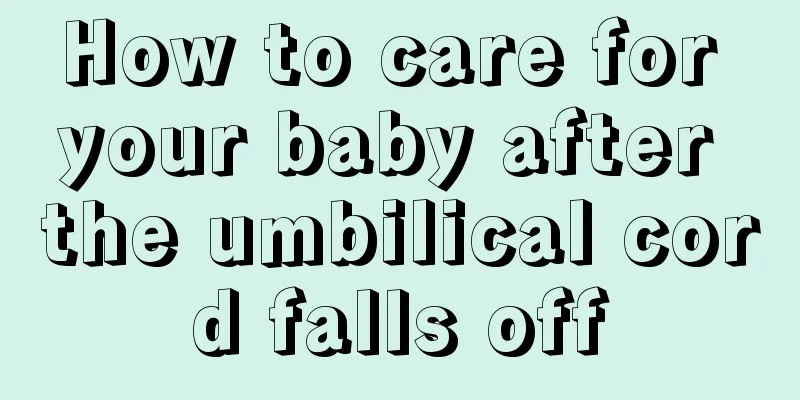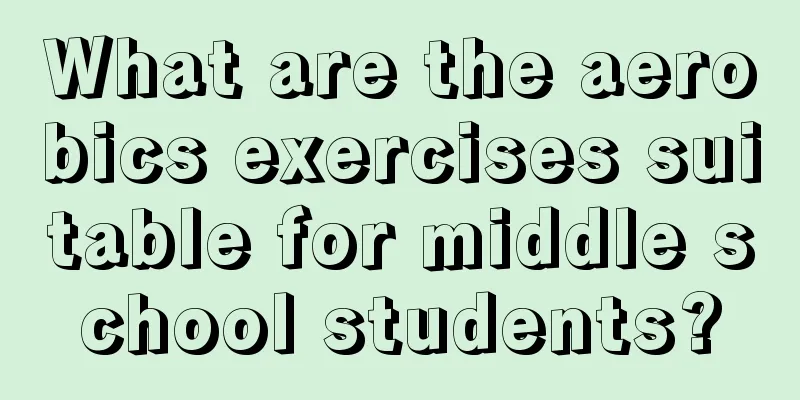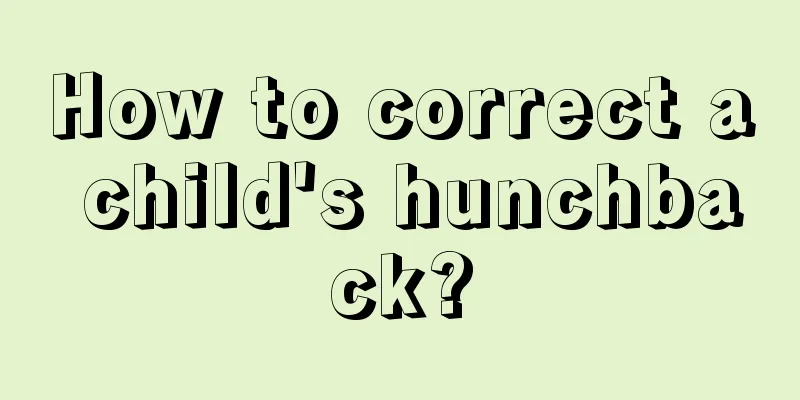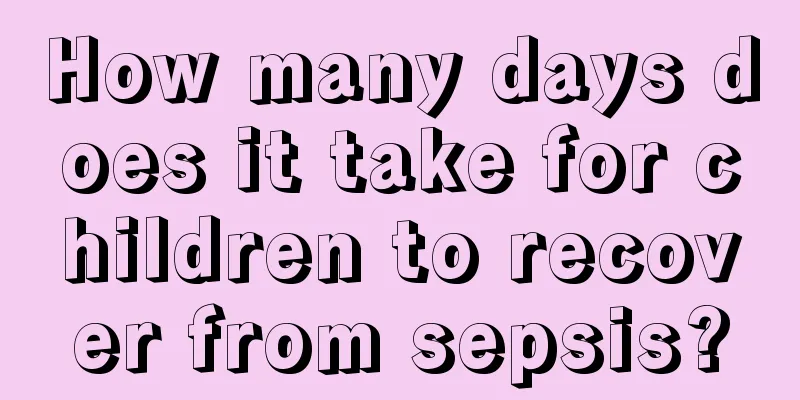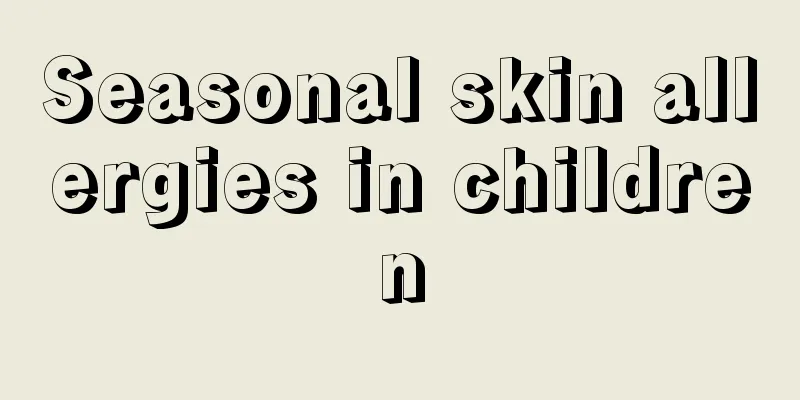Emergency measures for children with high fever and cramps
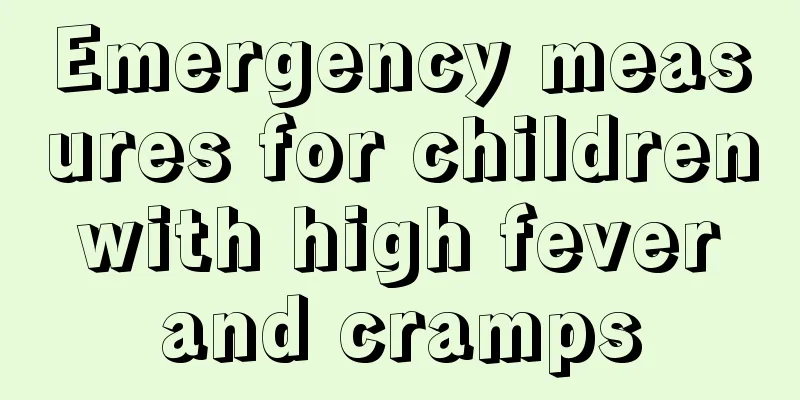
|
Parents who pay special attention to changes in their children's body temperature will measure their children's temperature regularly every day so that they can detect fever symptoms in their children in time. Whether children or the elderly, they are prone to convulsions and cramps when they have a fever. This is a consequence of the high temperature causing nerve dysfunction in the human body. So what are the emergency measures when children have fever and convulsions? First aid treatment for children with high fever and cramps: 1. Keep the airway open. Because spasms in the throat muscles during cramps often lead to airway obstruction, keeping the airway open is the key to rescue. The specific method is to quickly tilt the child's head back and to one side, and loosen the clothing around the neck. 2. Stop fright. Use your fingertips to press and stimulate the philtrum (below the nose, in the middle of the upper lip) for 2 to 3 minutes. Be careful not to press with your fingernails to avoid damaging the child's skin. Give the child "Lumina" tablets orally, calculated at 3 mg per kilogram each time, or take "Diamond" orally. The dosage is calculated at 0.2-0.3 mg per kilogram each time. 3. Cool down. Use a cold towel or 70% alcohol plus an equal amount of water to gently wipe the child's armpits, thighs, neck or behind the knees to quickly lower the body temperature. You can also use Nojing (Analgin drops) to drip into the mouth or nose (the specific usage is, the dosage each time: 3 to 6 drops for newborn to 1 month old, 5 to 10 drops each time for 2 to 6 months old, 10 to 20 drops each time for 7 months to 2 years old, 15 to 30 drops each time for 2 to 5 years old, 20 to 40 drops each time for 6 to 10 years old, 25 to 50 drops each time for 11 to 14 years old (or refer to the instructions). Children aged 1 to 2 years old can also use pediatric antipyretic suppositories (dose 0.125 mg) and insert one tablet into the anus each time to achieve the purpose of cooling down. Children over 3 years old can take antipyretic tablets orally, such as Analgin, paracetamol (both 0.5 grams per tablet, 10 to 15 mg per kilogram of body weight each time), etc. 4. Rehydrate. After the cramps stop, children should be given plenty of water to prevent excessive sweating when the fever subsides and cause collapse. After the above treatment, the child should be sent to the hospital for further examination and treatment. |
<<: What to do if your child suddenly has a high fever
>>: Should I cover my child with a blanket when he has a high fever?
Recommend
Several recipes for middle school students to lose weight
Obesity has become a big problem that troubles ma...
What to do if baby has ringworm on legs
Children's skin is very tender, but you may o...
What does it mean when a baby has milk mucus?
Baby milk mucus usually appears in your baby'...
What foods are good for children's eyes?
In today's society, many friends born in the ...
Causes of long-term constipation in infants
We all know that infants and young children have ...
What should I do if my child has a bacterial infection and fever?
Because children have weak body resistance, they ...
Dear baby, there are seven tips to help you deal with excessive drooling
Drooling in babies is medically called drooling o...
Can children with roseola be exposed to wind?
Roseola infantum is a condition that is more like...
Ways to improve physical fitness for children
Everyone should constantly enhance their physical...
How to correct children's pigeon feet?
In our daily life, we often encounter people with...
If your child has a stomachache, beware of these 7 dangerous diseases that parents should not ignore.
Many children have experienced stomachaches, and ...
What are the medicines for clearing heat and purging fire in children?
I believe that everyone has some common household...
Which vaccinations are mandatory?
As the name suggests, vaccinations are things tha...
What causes allergies in children? These reasons are the most common!
Allergies are very common. Young infants and chil...
What might be causing a 1-year-old baby to have green poop?
Anyone who has raised a baby must have seen that ...
